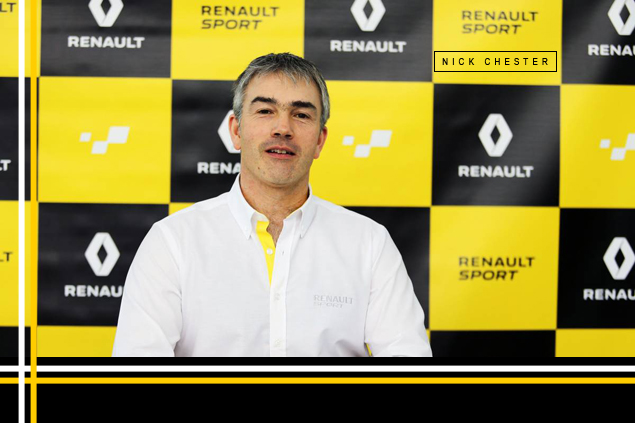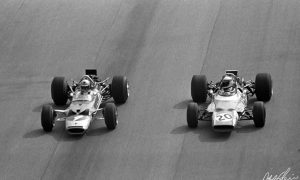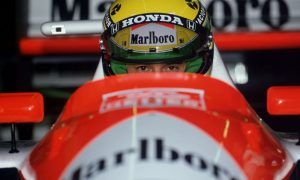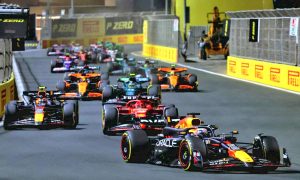NICK CHESTER - Chassis Technical Director
A graduate in engineering from Cambridge University in 1991 (like his Enstone predecessor James Allison), Nicholas "Nick" Chester, 45, has spent most of his Grand Prix career with the different variants of the team based at Enstone.
In 1994, he joined Simtek Research to work in the field of simulation vehicles, before being integrated in to the F1 team during its creation. Moving to Arrows Grand Prix the following year, Chester evolved from simulation to work on suspension design, then moving in to a performance engineer role for Damon Hill and Pedro Diniz in 1997 before becoming a race engineer for Mika Salo and Pedro de la Rosa (1998-1999).
In 2000 he joined Enstone as a test track engineer for Alexander Wurz, Giancarlo Fisichella and Mark Webber at Benetton. Next was a move back to a job as performance engineer for Fisichella (2001) and Jarno Trulli (2002-2004). From 2005, he became head of the Vehicle Performance group, in charge of suspension, brakes and simulations. His department played a vital role in getting the drivers and constructors titles in 2005 and 2006, thanks to the Renault's mass damper.
In 2010, appointed head of performance systems, Chester continued to lead the Vehicle Performance department, while supervising the control systems and test benches. Chester also oversaw the planning and introduction of Enstone drivers in the simulation loop. From 2011, under the direction of James Allison, he became manager of engineering, planning and directing the delivery of the E20 and E21.
Since 2013, Chester is the Technical Director responsible for the design and development of E21, E22, E23 and RS16. Despite a lack of development given the tight budget of Lotus, he produced a car capable of being competitive all year, with Romain Grosjean on the podium at the Belgian Grand Prix.







